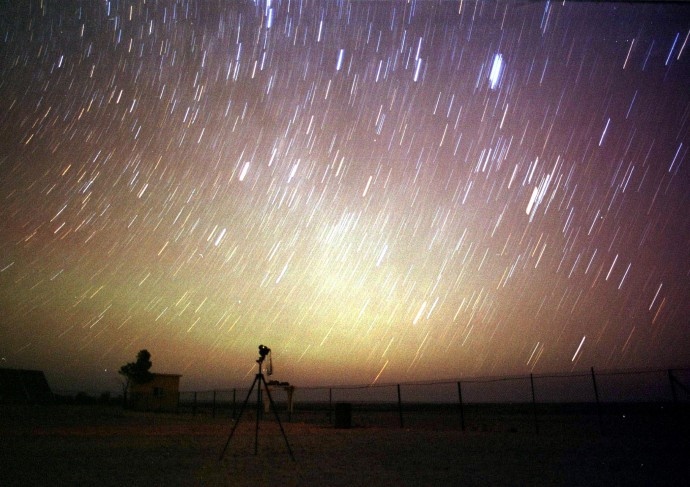Leonid Meteor Shower to Sparkle Weekend Sky: Where to Watch Live Stream Online

Leonid Meteor Shower will sparkle the skies this weekend, with 10-15 meteors shooting across the sky an hour.
This year's Leonids meteor shower will be at its peak on the morning of 18 November. If forecasters' predictions are correct, then the shooting stars should produce a mild but pretty sprinkling shower of meteors.
"We're predicting 10 to 15 meteors per hour," said Bill Cooke of the Meteoroid Environment Office at NASA's Marshall Space Flight Center.
"For best viewing, wait until after midnight on November 18, with the peak of the shower occurring just before sunrise."
Cooke also recommended going to a location away from city lights, dressing warmly, and lie flat on your back and look straight up. The shower will be visible with your naked eyes, no special viewing equipment will be needed.
Leonids are bits of debris from Comet Tempel-Tuttle, and every 33 years the comet visits the inner solar system and leaves a stream of dusty debris in its wake. The Leonids are so named because they seem to radiate from the constellation Leo, the lion, which rises above the northeast horizon in late evenings this time of the year.
Back in 1966, the Leonids produced one of the greatest meteor showers in history. During one 15-minute block, there were thousands of meteors per minute, reported bellinghamherald.com.
In 2002, Mike Jones of Shelton wrote to NASA about his memories of the 1996 meteor storm.
He said "As my eyes adjusted to the dark, I noticed meteors streaking down at an alarming rate. ... The rate picked up very rapidly and soon we were seeing dozens of meteors every second," he wrote. "The effect was similar to watching snowflakes race at your windshield while driving in a snowstorm! Very intense."
Click here to watch Leonid Meteor Shower Live Stream
Watch the Leonid Meteor Shower 2013 here
© Copyright IBTimes 2025. All rights reserved.





















